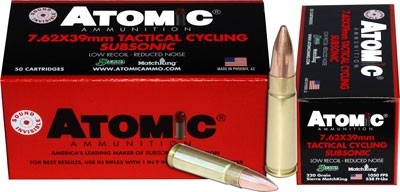
He used DuPont IMR4198, IMR3031, and an Olin powder to work up loads. Robert Hutton (technical editor of Guns & Ammo magazine) started development of a powder load to reach the 3,300 ft/s (1,006 m/s) goal. Using a ballistic calculator, they determined that a 55-grain bullet would have to be fired at 3,300 ft/s (1,006 m/s) to achieve the 500-yard performance necessary. Stoner and Sierra Bullet's Frank Snow began work on the.

As a result, CONARC ordered rifles to test. In May 1957 Stoner gave a live-fire demonstration of the prototype of the AR-15 for General Willard G. Harvey was ordered to cease all work on the SCHV to avoid any competition for resources.Įugene Stoner of Armalite (a division of Fairchild Industries) had been advised to produce a scaled-down version of the 7.62mm AR-10 design. Concurrently with the SCHV project, Springfield Armory was developing a 7.62mm rifle. 222 Remington cartridge case to meet the requirements. Springfield Armory's Earle Harvey lengthened the. Accuracy and ballistics equal to M2 ball ammunition (.Penetration of US steel helmet through one side at 500 yards.


On 28 October 1980 under STANAG 4172 it was standardized as the second standard service rifle cartridge for NATO forces as well as many non-NATO countries. It consists of the SS109, L110, and SS111 cartridges. The 5.56×45mm NATO (official NATO nomenclature 5.56 NATO, but often pronounced "five-five-six") is a rimless bottlenecked intermediate cartridge family developed in the late 1970s in Belgium by FN Herstal. Source(s): NATO EPVAT testing, QuickLOAD, SAAMI, C.I.P. NATO, Japan, South Korea, Taiwan, Australia, other major non-NATO allies 5.56×45mm NATO with measurement, left to right: projectile, empty case, complete round with projectile in case


 0 kommentar(er)
0 kommentar(er)
